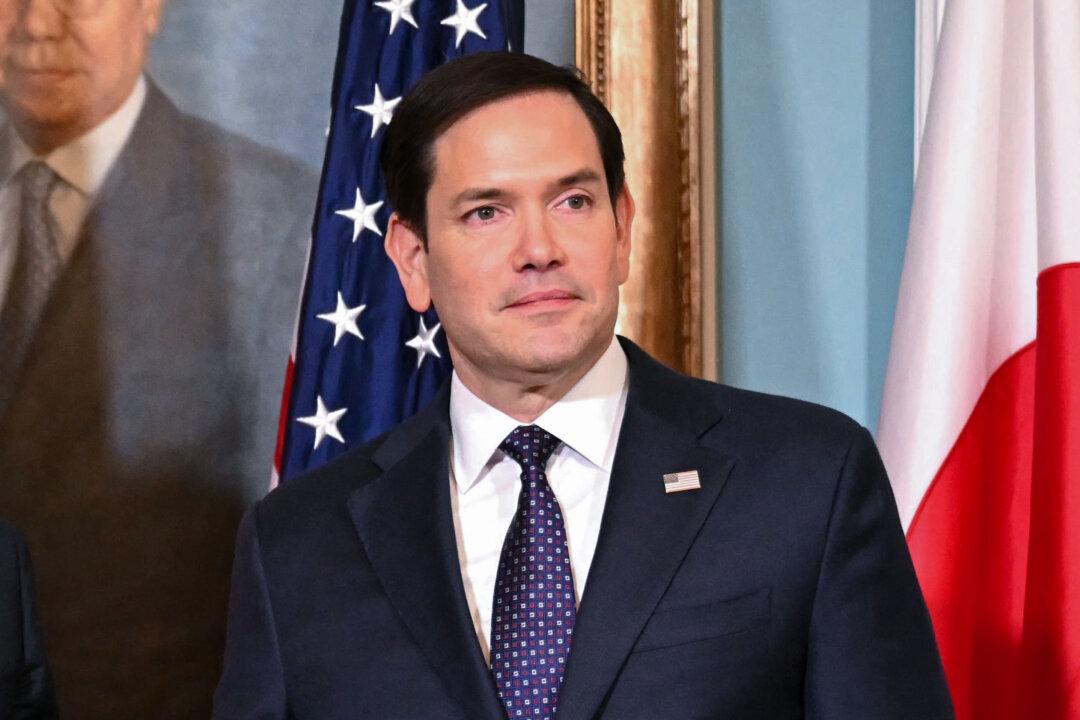Internal Trade Minister Anita Anand says Ottawa will
remove more than half of federal internal trade barriers as Canada seeks to boost its economy while facing the prospect of U.S. tariffs.
The number of federal exceptions in the Canadian Free Trade Agreement (CFTA) will be reduced by 20, from 39 to 19. The majority of exceptions removed relate to government procurement, and are meant to provide Canadian businesses with a “greater opportunity to compete across the country,” said a government release.
“The removal of these federal exceptions from the CFTA is yet another step towards eliminating barriers to internal trade, reducing costs for Canadian businesses, increasing productivity and foreign investment, and adding billions to the Canadian economy,” Anand said in the Feb. 24 statement.
In July 2024, the federal government also
announced it was removing or narrowing 17 of its CFTA exceptions, aiming to make it easier to trade within Canada. In total, Ottawa has removed 64 percent of the exceptions in the agreement since it was launched in 2017.
The Canadian Chamber of Commerce and the Business Council of Canada have said reducing the number of exceptions in the CFTA would help strengthen internal trade and increase productivity. Trade between provinces represented nearly 20 percent of Canada’s GDP in 2024, amounting to $530 billion worth of goods and services.
The emphasis on removing interprovincial trade barriers comes as U.S. President Donald Trump has threatened to impose 10 percent tariffs on Canadian energy imports and 25 percent tariffs on all other Canadian goods. While these measures were set to take effect on Feb. 4, he and Prime Minister Justin Trudeau worked out a last-minute agreement to pause the tariffs until March 4.
Trudeau promised additional border security measures to address U.S. calls to stop fentanyl and illegal immigrants from crossing the border. The U.S. president had said the tariffs would be paused while the United States and Canada worked out what he called a “final economic deal.”
Ottawa has since launched some related measures such as appointing a “fentanyl czar” and listing of several organized crime groups as terrorist organizations.
While the Bank of Canada has estimated that 25 percent tariffs could wipe out 3.4 percent to 4.2 percent from Canada’s GDP, an analysis from
Deloitte Canada found removing interprovincial trade barriers could increase the country’s GDP by 3.8 percent.
Interprovincial trade barriers in Canada applies to restrictions on the movement of goods between provinces and
can impact a range of goods, services, and labour—from alcohol, food and manufactured items, to rules and regulations on trades and certifications, and even opposition to natural resource projects that cross provincial boundaries.
At a Canada-U.S. Economic Summit in Toronto on Feb. 7, Trudeau had said it was “about time we had genuine free trade within Canada.” Conservative Leader Pierre Poilievre
has also called for increasing Canada’s energy self-reliance and removing internal trade barriers.






